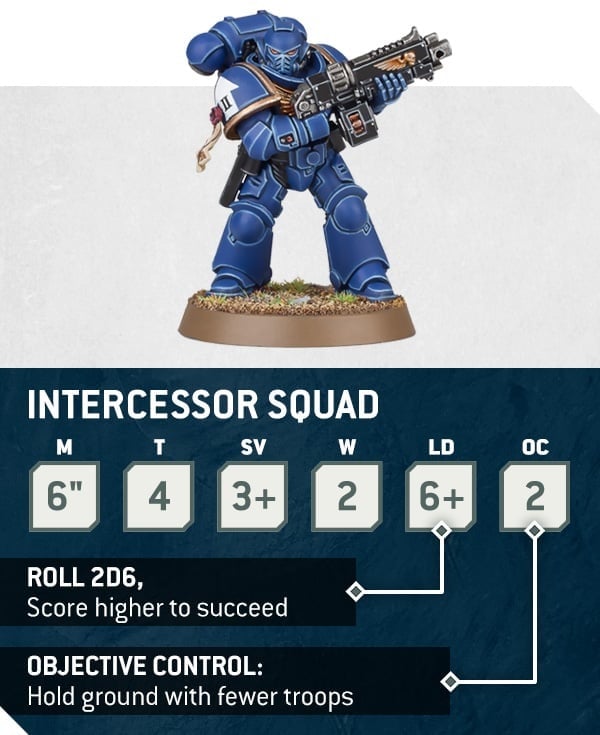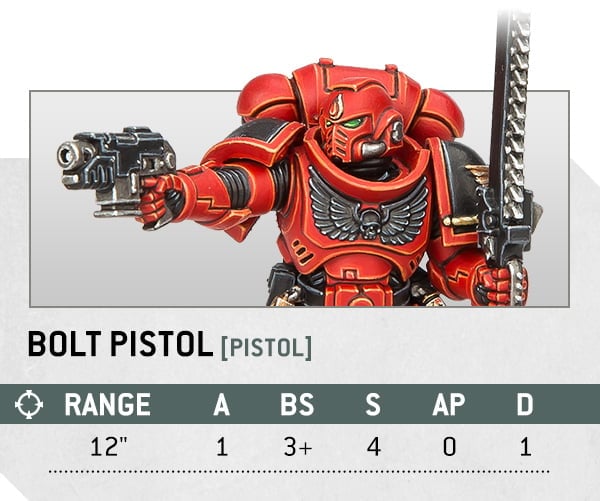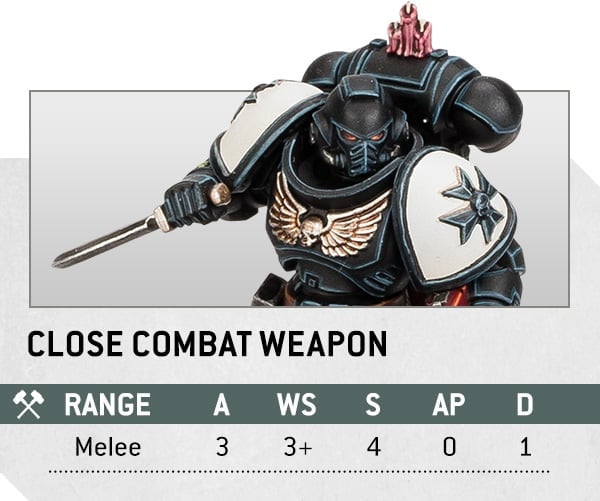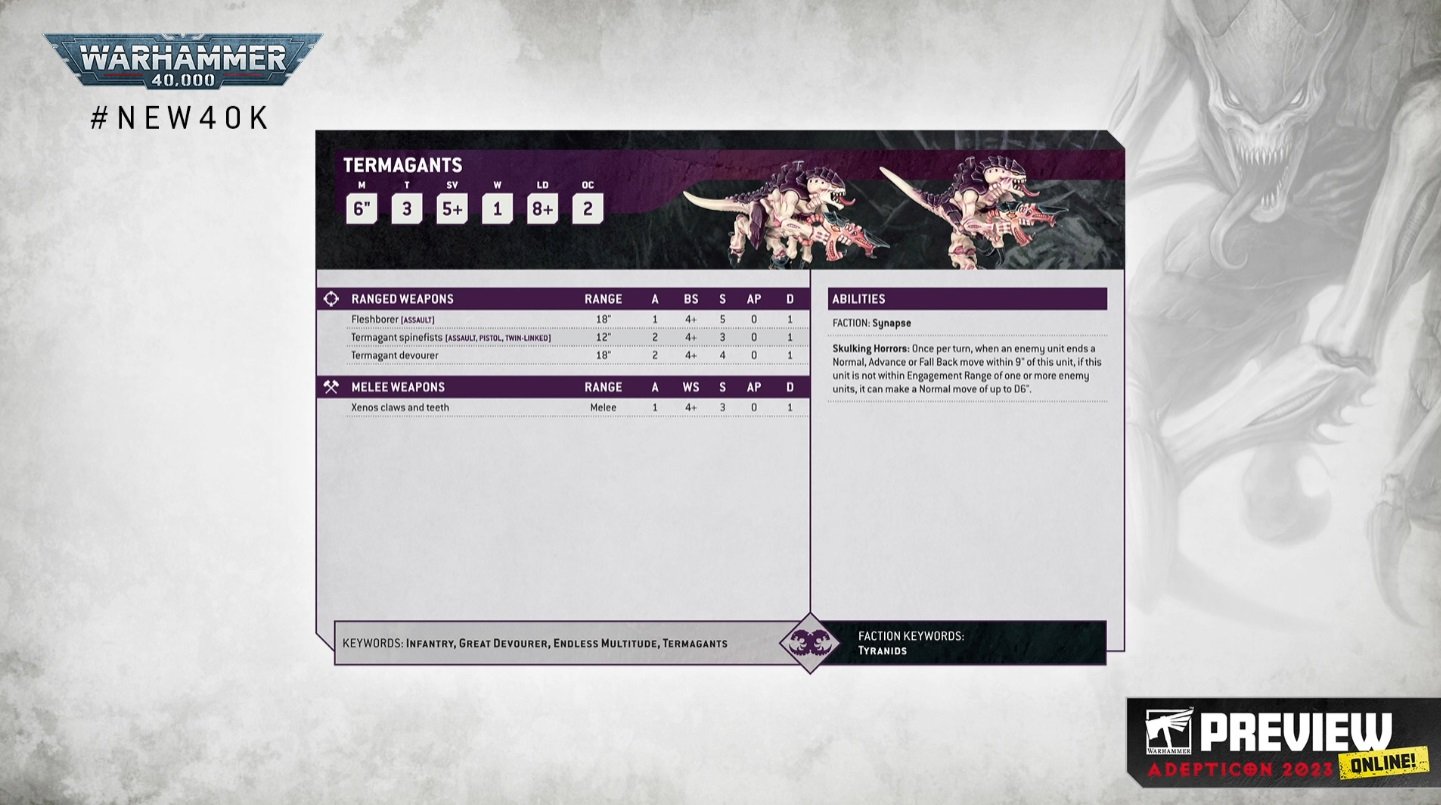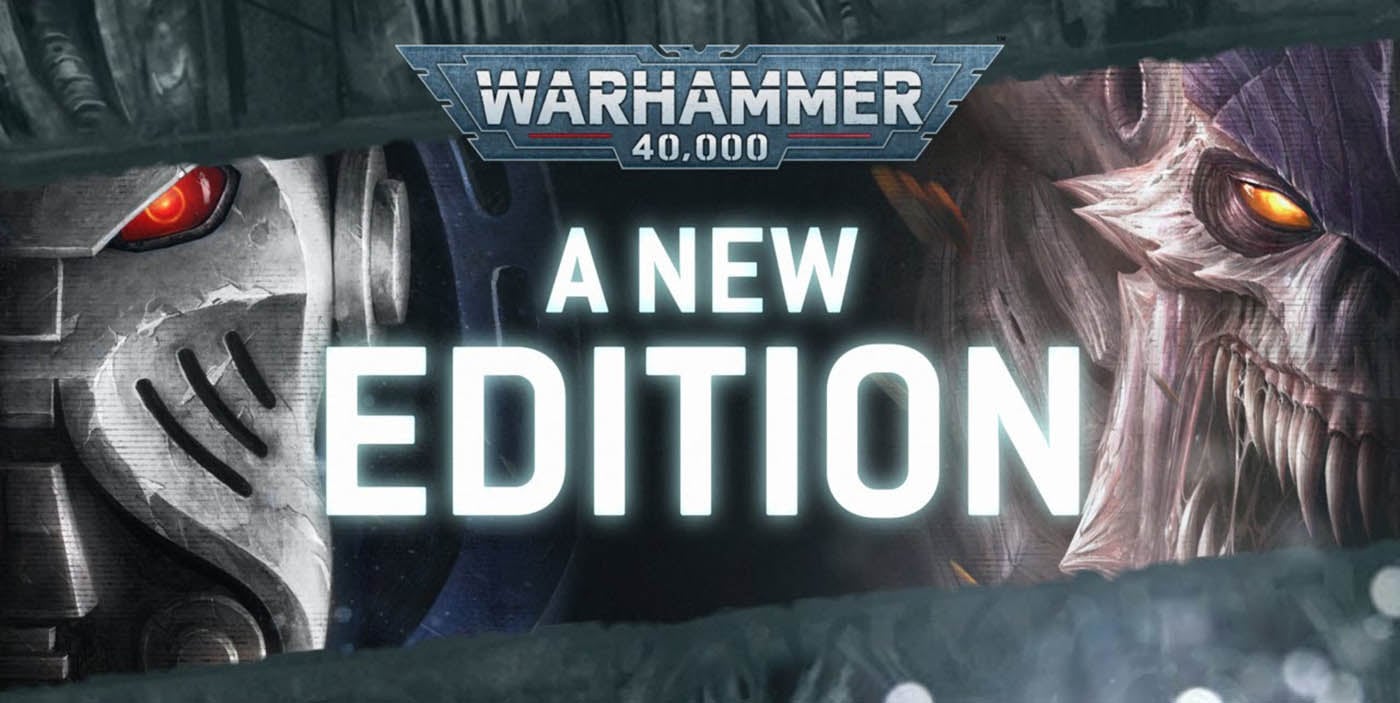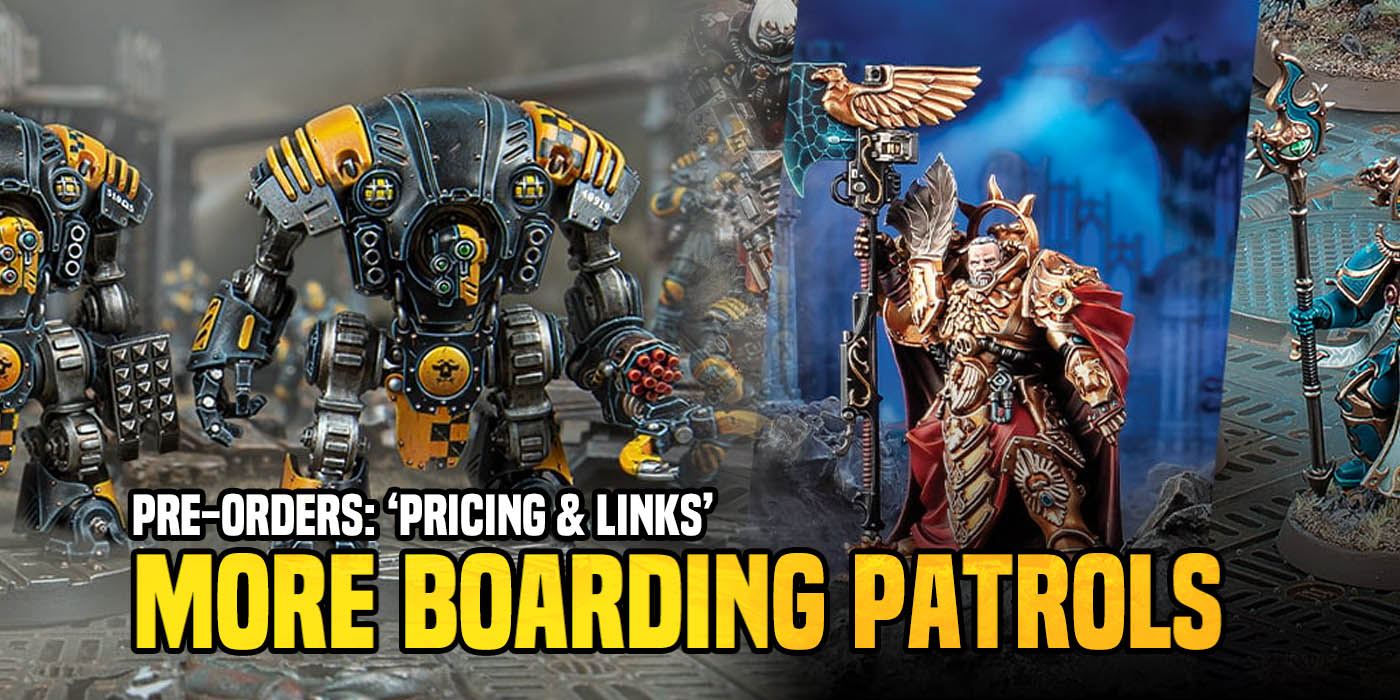Warhammer 40,000: 10th Edition – Datasheet Explainer
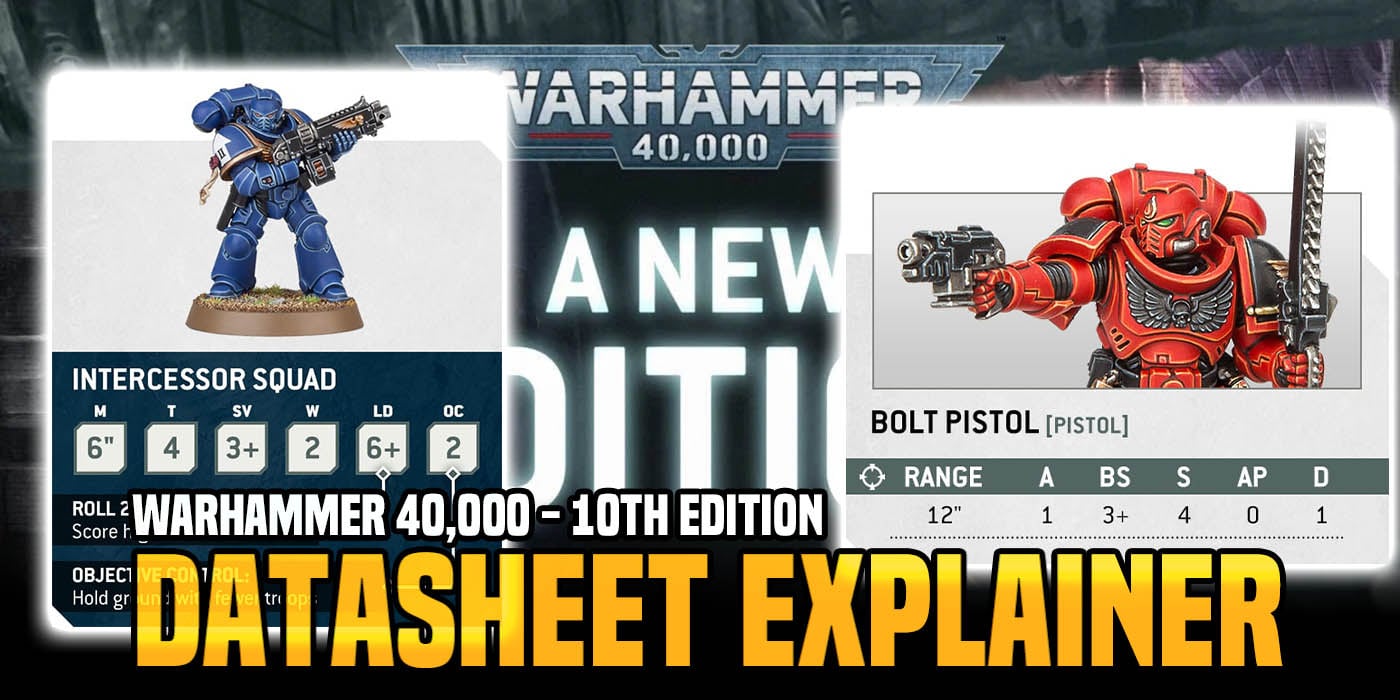

Games Workshop has reformatted the Datasheets for all the units in Warhammer 40,000 for 10th Edition. So where’d WS and BS go!?
With 10th Edition coming soon GW is talking about all the changes on the way. Now some of these changes are big. Some of them are not-so-big. The Datasheets are a bit of both. All the same information is going to be there but it’s moved around after some formatting changes. We think this is a smart move but if you’re used to the old way it can take some getting used to. Let’s check out the changes coming to Datasheets in 10th edition 40k!
“There are sweeping rules changes afoot in the new edition of Warhammer 40,000, and one focus for change is on that cornerstone of every unit in the game – the datasheet. A lot has changed this time around, and in light of the fact that codexes are getting a complete reset in the new edition, it’s time to look at how your units will appear. “
10th Edition Datasheet Explainer
Above we have a Space Marine Intercessor. Seeing as how Space Marines are the most popular army you’re likely to run into one of them at some point so they make a great baseline for 40k. We’ve got a bunch of stats you’re probably familiar with, a couple are missing, and we’ve got a new one to cover.
M – Movement. This is how far the models in the unit can move in inches when performing a standard move.
T – Toughness. The Toughness vs Strength dynamic for wounds hasn’t changed — more on that later.
SV- Armor Save. This is the armor save of the unit, in the case of a Space Marine above it’s a 3+ on a single die.
W – Wounds. This is how many wounds each model in the unit has. Space Marine Intercessors have 2 wounds.
LD – Leadership. Leadership is now on 2D6 but you’re trying to roll OVER the number now. So in this case the Intercessor would pass Leadership checks on a roll of 6+ on 2D6.
OC – Objective Control. This is a new stat for helping to determine who holds objectives. The higher the OC stat, the more each model in the unit counts for Objective Control. Who ever has more OC on or in range of the Objective now controls the objective.
Here’s a bit more more on the stat according to GW:
“Warriors that were previously categorised as Troops will generally have a higher OC than elite units – whose job is not to hold ground, but to strike and move on. Vehicles and Monsters also earn a more substantial OC, so Knights and the like can muscle smaller units off objectives.”
“Missing” Stats
Now, if you’re a veteran of previous editions you might be wondering “What’s happened to WS, BS, S, and A?” Well, they are still in the game. They just moved from the unit’s profile down to the weapon profile which is a pretty smart move.
Here’s the weapon profile for a Bolt Pistol. As you can see, we’ve got all those “missing” stats here as well as the other weapon stats from before.
The reticle indicates that it’s a Ranged attack.
Range – This is the distance the attack can reach measured in inches.
A – Attacks. This is how many attacks the weapon will perform when using it for an attack. Note: there are other modifiers to this based on things like Rapid Fire or Assault. Those are Core Abilities and will also be listed on the weapon’s profile on the Datacard.
BS – Ballistic Skill. This is what the attack needs to score a hit on a single D6 roll. In this case, you’d need to roll a 3+ on a D6 to score a hit.
S – Strength. This is the strength of the attacking weapon. You’ll compare the Strength of the attack against the Toughness of the target to determine what roll you’d need to cause damage.
From GW: “The fundamental interactions haven’t changed – equal Strength and Toughness still means you wound on a roll of 4+, and so forth.”
AP – Armor Piercing. This is a modifier applied to the target’s SV (armor save) value from above. In this case it’s a “0” so no modifier is applied to the target’s save.
D – Damage. This is how much damage each attack will cause from this weapon.
Melee weapons are basically the same. The main difference is the icon, in this case it’s two crossed hammers, and the Range is listed as “Melee”. The only stat name that’s different is WS.
WS – Weapon Skill. This is what the attack needs to score a hit on a single D6 roll. In this case, you’d need to roll a 3+ on a D6 to score a hit.
Datacard Reformatting Thoughts
Personally, I really like the changes to the Datacards. For one thing, it pulls the weapon stats out of the main stat line and moves it to the weapon profiles. This is a big deal because now you can further customize each weapon individually. We’re going to see things like heavy weapons in squads with a different BS value than the “basic” weapon of the unit. We can also see things like different melee weapons getting different Attack values, too.
This helps to further differentiate weapons and make each one have a purpose. I’m also looking forward to seeing the “same weapon” wielded by a Space Marine have a different stat line when it’s wielded by a Guardsmen. It also seems a lot cleaner and once you get used to the formatting is should (in theory) be much faster for game play as well. We also have previews of the datacards above and you can see the section for Abilities for the unit. Again, I really like this change and I’m looking forward to getting my hands on my various army rules to give 10th a spin!
What do you think of the Datacard changes for the units?

